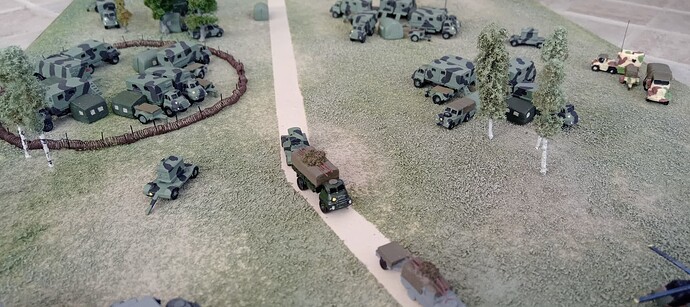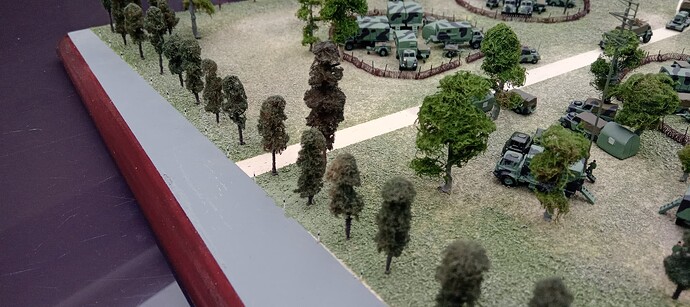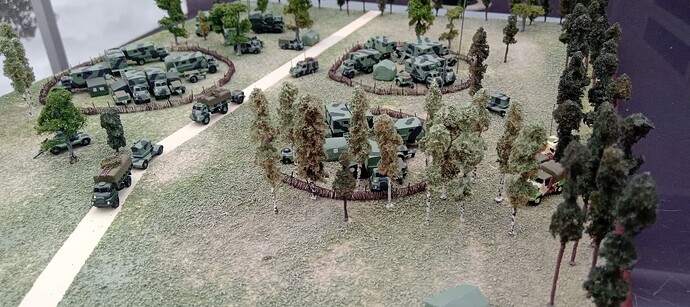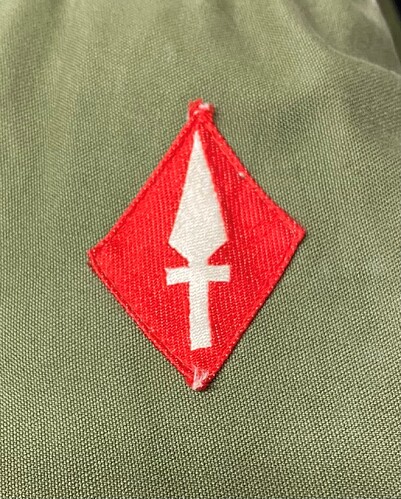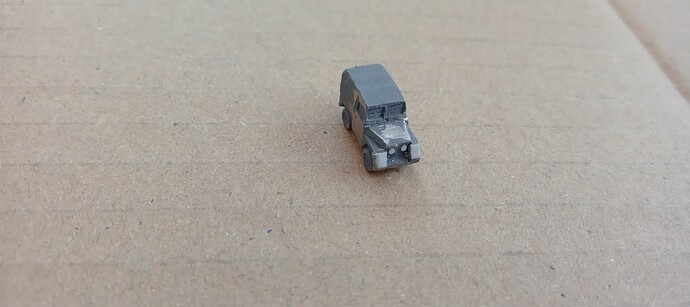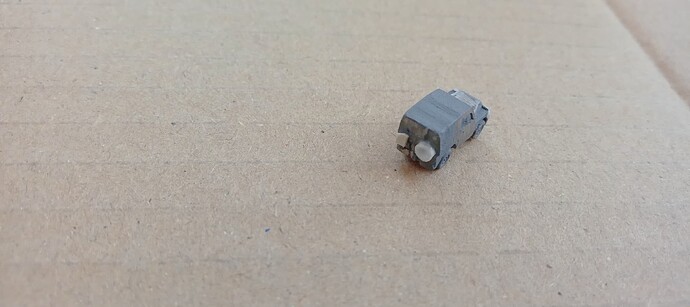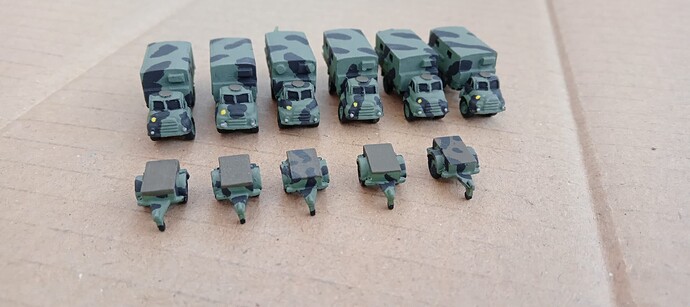You may well have seen this within the Campaign piece on Command & Control; I’ve moved it into a separate thread as I thought that I was a bit adrift continuing to place progress in what is now, a closed campaign.
To those who haven’t seen it, it represents HQ 1st (British) Corps in the field ie on exercise c.1971. The complex was known as “Corps Main”. Again, I must stress that the distances are rather artificial even in this scale although are depicted as they are, as I wished to emphasize the various component Staff branches. Distances should be doubled or even trebled, so squint a bit and suspend a fair bit of disbelief.
I’ve made considerable progress with completing the wiring-in of the “Diamonds” (as the individual complexes were called). I’ve one Diamond left to do and that will be on the bottom front right of the base. So, still a fair bit to do but on the home run now – I think(!)
You may, or may not, be impressed with the German road marker posts at the edge of the road - a touch punishing on the eyes(!)
With a few more trees it becomes to come to life I think.
And lastly, I’ve experimented with a backdrop picture; we deployed somewhere in the shadow of the feature known as the Teutoburger Wald, (to be honest, back then I never knew where we were) and the “Arminius” monument was never far away - more properly known as Hermannsdenkmal.
Anyway, merely an update; thanks to all for the interest and support shown so far.

